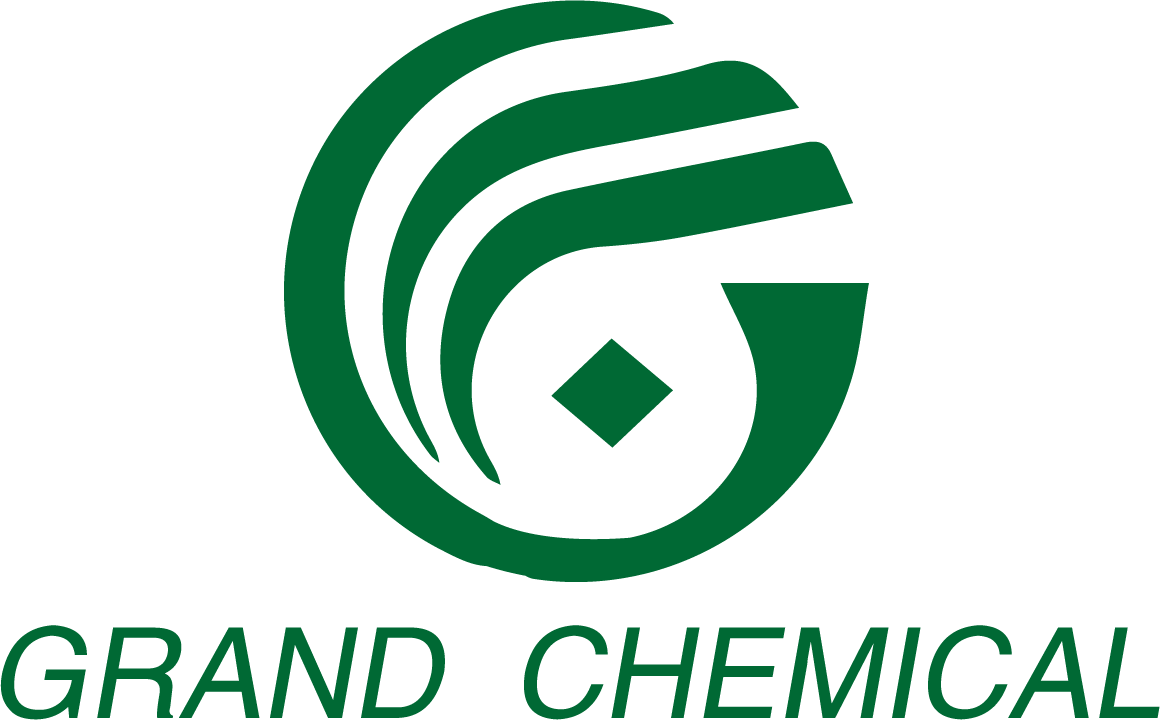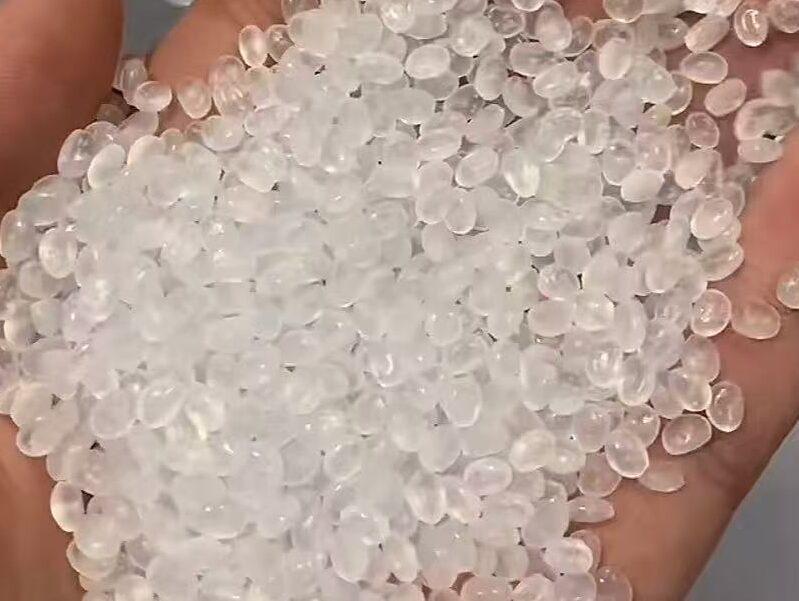Polypropylene (PP) plastic—known for its low density, lightweight nature, and versatility—is widely used across industries such as packaging, fibers, and plastic weaving. However, many manufacturers face a common challenge: poor whiteness in polypropylene products. Dull or yellowish tones not only reduce product appeal but also fail to meet customer expectations for brightness and quality. So, can fluorescent brighteners for polypropylene (OBA for PP) solve this problem? The answer is yes—and here’s how.
Why Polypropylene Often Lacks Whiteness
Several factors can cause poor whiteness and uneven brightness in polypropylene plastic:
- Uneven Raw Material Size
Differences in particle size lead to inconsistent plasticization during processing, which affects surface gloss and whiteness. Using uniformly sized raw materials helps minimize this issue. - Use of Recycled Materials
To reduce production costs, many manufacturers blend virgin and recycled polypropylene. However, recycled materials often contain impurities, oils, or foreign matter, resulting in yellowish or grayish tones. Adding fluorescent brighteners during production can effectively offset this discoloration and restore brightness. - Poor Additive Dispersibility
Additives that don’t disperse well within the polymer matrix can cause patchy or dull color. Choosing brighteners with excellent flowability ensures uniform whiteness. - Thermal Decomposition
During high-temperature molding, some resins and additives may decompose or discolor. Selecting raw materials and brighteners with high heat resistance prevents this problem.
Choosing the Right Fluorescent Brightener for Polypropylene (OBA for PP)
Fluorescent brighteners (also called optical brightening agents or OBAs) improve whiteness through optical color correction—they absorb ultraviolet light and emit blue-violet fluorescence, neutralizing yellow tones and giving plastics a clean, bright appearance.
Since polypropylene production involves high processing temperatures, the brightener must maintain stability and performance under heat.
That’s why OB-1 fluorescent whitening agent is the preferred choice.
Why OB-1 Is Ideal for Polypropylene (PP)
- High Heat Resistance: OB-1 withstands heat treatment above 300 °C for up to 8 hours without decomposing, making it perfect for PP applications.
- Outstanding Whitening Effect: Even at a low dosage, OB-1 delivers strong whitening, gloss, and brightness.
- Excellent Stability: It does not yellow, fade, or migrate over time.
- Versatile Compatibility: OB-1 works well in various plastics, including polypropylene, polyester, and nylon.
The OB-1 fluorescent brightener from Shandong Grand Chemical Co., Ltd. is a bright yellow-green crystalline powder recognized for its efficiency, durability, and cost-effectiveness. Products treated with OB-1 exhibit vivid whiteness and improved visual appeal—results that end customers can see instantly.
Conclusion
For manufacturers struggling with dull or yellowish polypropylene products, fluorescent brighteners for PP—especially OB-1—offer a simple yet powerful solution. By improving whiteness, gloss, and long-term color stability, OB-1 enhances both product quality and market competitiveness.
If you’re seeking a high-performance fluorescent whitening agent for polypropylene, Shandong Grand Chemical’s OB-1 is your best choice.
At Shandong Grand Chemical Co., Ltd., we specialize in producing and supplying a wide range of high-performance fluorescent brighteners for plastics, coatings, detergents, and textiles.
📩 Contact us for product data sheets, samples, or technical guidance:
Email: sales@obachemical.com
WhatsApp: +86 13173009832

